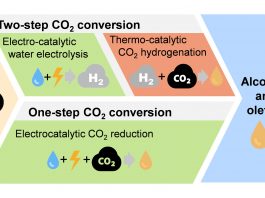Ecologists at RUDN University have discovered that polycyclic aromatic hydrocarbons can be used as pollution indicators and help monitor the movement of pollutants in soils, plants, and water.
The team conducted a large-scale study of a variety of soil, water, and plant samples. As published in a study in the Applied Geochemistry journal, RUDN University ecologists were the first to suggest a model that describes the energy of mass transfer using polycyclic aromatic hydrocarbons, a toxic organic substance that accumulates in the environment.
In this model, polycyclic aromatic hydrocarbons are used as the markers of moving substances. The team used their composition to monitor pollution and track down their sources. To do so, the ecologists calculated the physical and chemical properties of these substances and classified them.
“We developed a model that shows the accumulation, transformation, and migration of polycyclic aromatic hydrocarbons. It is based on quantitative measurements that produce more consistent results than descriptive visualisations. This helped us understand how physical and chemical properties of polycyclic aromatic hydrocarbons determine their accumulation in the environment,” said Professor Aleksander Khaustov, a PhD in Geology and Mineralogy, from the Department of Applied Ecology at RUDN University.
The team studied 142 water, plant, soil, and silt samples from different geographical regions. The team calculated the amount of polycyclic aromatic hydrocarbons in each sample and analysed the data in line with the thermodynamic theory to determine entropy, enthalpy, and Gibbs energy variations.
“Though our samples were not genetically uniform, they allowed us to apply thermodynamic analysis to matter and energy transfer in natural dissipative systems,” added Prof. Aleksander Khaustov.
The team identified several factors that have the biggest impact on hydrocarbon accumulation. For example, in the ecosystems surrounding leather facilities in China, the key factor of the accumulation was entropy variations, while on RUDN University campus it was the changes in Gibbs energy.





